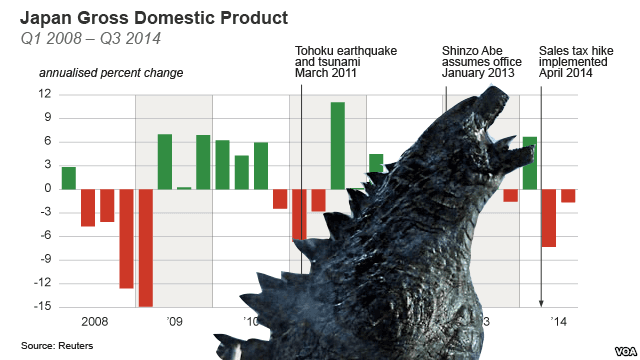Prime Minister Shinzo Abe just wrapped up his trip to Bangladesh and Sri Lanka, further establishing himself as the most-traveled Japanese prime minister in history. Although his trip to Bangladesh went well, I found Abe’s trip to Sri Lanka to be a little more notable. Not only was it the first visit by a Japanese prime minister to Colombo in 24 years, but it also resulted in an important maritime deals with Sri Lankan President Mahinda Rajapaksa. Ontop of that, Abe agreed to help develop Sri Lanka’s outdated broadcasting facilities and transportation infrastructure. Abe’s recent visit once again illustrated his diplomatic prowess (outside of East Asia), and his habit of providing particular allies with high tech patrol vessels.
On Sunday, Abe opened his speech to the Japan-Sri Lanka Business Forum by reminding the audience that his grandfather was the first Japanese prime minister to visit the country, He explained that since then, the two countries have had a “very robust friendship that acts as a bridge linking the Indian and Pacific Oceans.” I can assure you that this is just Abe playing pandering politician. The relationship between Japan and Sri Lanka is anything but robust (Exhibit A: the last time a prime minister visited Sri Lanka was when the original Teenage Mutant Ninja Turtles was in theaters).
Trade between the two nations is lackluster. Japan is only Sri Lanka’s 10th largest export destination, accounting for a measly 2.4% of its exports. Total trade between the two countries is around $1 billion, which is less than the total trade between Japan and Myanmar. In fact, trade between Japan and Sri Lanka recently took a nosedive when Colombo raised the tariff on imported vehicles in 2012 (ain’t nobody clamoring for a Sri Lankan-made Micro. As of right now the website loads at the speed of potato).
Sri Lanka Holds Potential Economic Benefits
That doesn’t mean there isn’t the potential for much more trade and economic prosperity. The Japan External Trade Organization (JETRO) released a report in 2013 on the potential for Japan – Sri Lankan business ties. The report generally found that Sri Lanka could be a great place for Japanese investment, concluding that the net benefits outweighed the few negatives.
According to JETRO surveys, the increasing “China risk,” like rising labor costs, has forced Japanese companies to diversify investment in countries other than China. Some Japanese companies are looking into Sri Lankan manufacturing as a destination for their investments. And JETRO believes that the government could do more to promote this.
Now that the 30-year Sri Lankan Civil War is over, political and social stability is one of the country’s most attractive qualities. Regions that were once too dangerous to do business — like the undeveloped northern region — now present ample business opportunities.
Since the end of the civil war, the annual GDP growth rate has been hovering around a favorable 7%. Economists expect this trend to continue, as consumption is also expected to stay on the rise. With the war over, Sri Lankans aren’t saving as much as they used to, and are taking out loans to make expensive purchases (like dat Sri Lankan Micro).
Japanese companies that already do manufacturing in Sri Lanka report that the country has high quality workers They are known to be speedy and accurate, with some companies reporting that they are twice as productive as workers from Thailand (maybe that Micro won’t be so bad after all).
But Sri Lanka’s location might be one of its most attractive qualities. It is a hub location for trade, as it has close proximity to the region’s major economies, like India and Thailand. Plus it is closer to the EU and Middle East than most other potential manufacturing hubs (aka ASEAN nations). Companies could use it as a base for export to many key markets (did I mention India).
During his visit over the weekend, Abe announced that his administration would help set up a top of the line digital television broadcasting system and help with basic infrastructure development. Ahead of his visit, Abe agreed to provide Sri Lanka with a $330 million development loan so that a new passenger terminal at Colombo International Airport can be constructed. It is too bad that Abe hasn’t proposed that he would help develop Sri Lanka’s energy sector. High energy costs have kept some hesitant Japanese manufacturers from opening shop.
Sri Lanca’s Location Holds Strategic Importance




